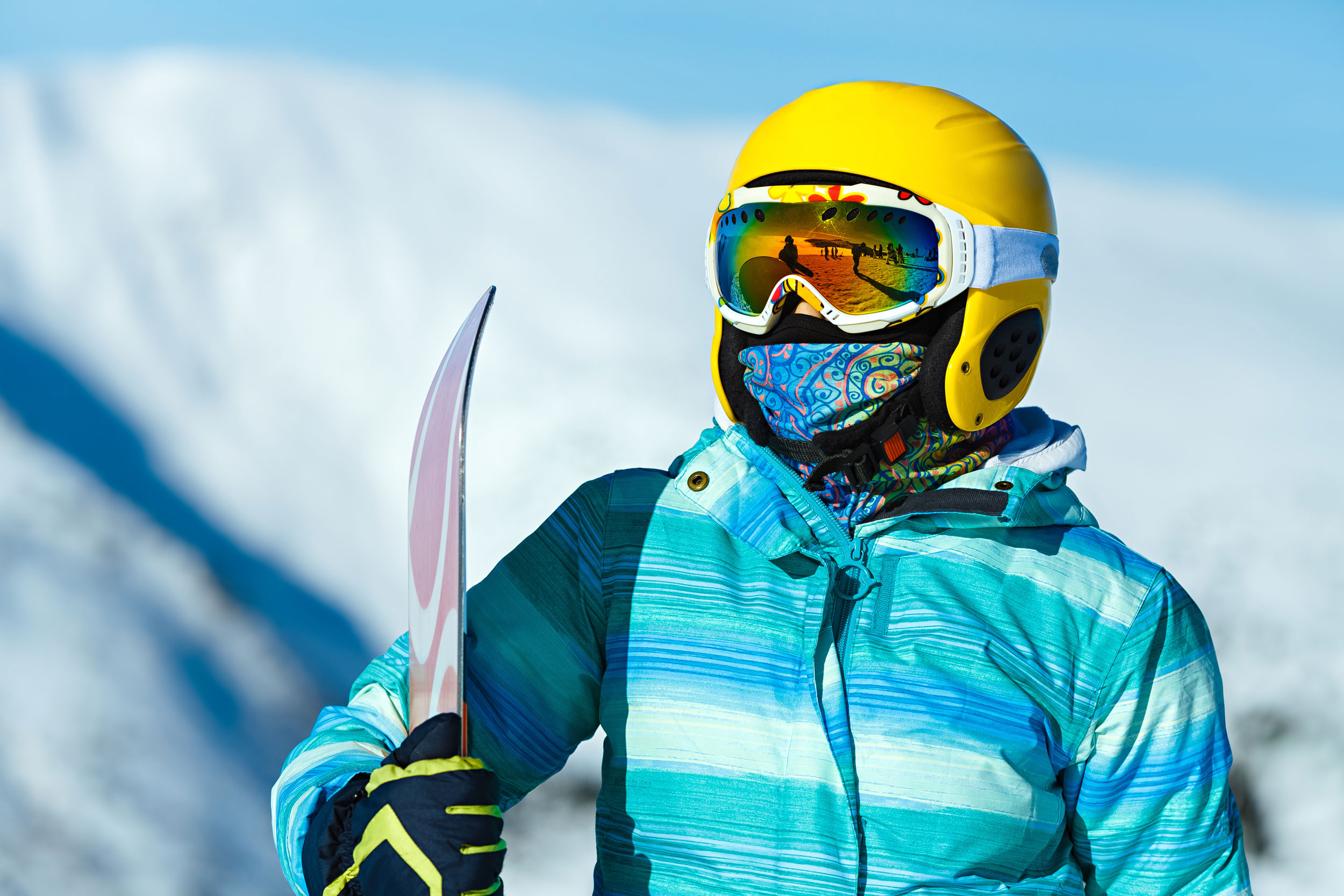
Yellow lines are in lots of places to protect us, but on mountains where we ski and snowboard, preventing serious head injuries is up to you.
Even though wearing a helmet has become a common practice on the slopes, some people still have lots of excuses not to wear one. “It won’t happen to me,” “Helmets aren’t cool,” “I never fall,” etc. Whatever the reason, no one is invincible. All it takes is one crash without a helmet for a traumatic head or neck injury to happen.
According to the Canadian Ski Council, ski helmet usage in Canada is getting close to 100%.1 Statistics show helmets have been linked to a 35% reduction in head injuries for skiers and snowboarders.2 Not just any old helmet—remember to follow the fitting instructions that come with the helmet, and make sure the helmet rests two fingers’ width above your eyebrow with only one finger fitting between your chin and the strap.3
Each year in British Columbia, an average of 439 adults are hospitalized from skiing and snowboarding, and of those, 10 per cent have severe injuries.4
So whether you’re grinding a rail or snow-plowing down the bunny hill, head and neck injuries can happen to you. Let’s make helmets as common as bindings or ski boots. This winter, rock the messy hair and remember to wear a helmet. Let’s keep serious head injuries preventable.
Sources:
1. Canadian Ski Council. Available from https://www.skicanada.org/safety
2. Russell K, Christie J, Hagel BE. The effect of helmets on the risk of head and neck injuries among skiers and snowboarders: a meta-analysis. CMAJ 2010;182(4):333-40.
3. Parachute. Helmets for winter activities. Available from https://parachute.ca/en/injury-topic/helmets/helmets-for-winter-activities/
4. BC Trauma Registry, 2016/2017-2018/2019.